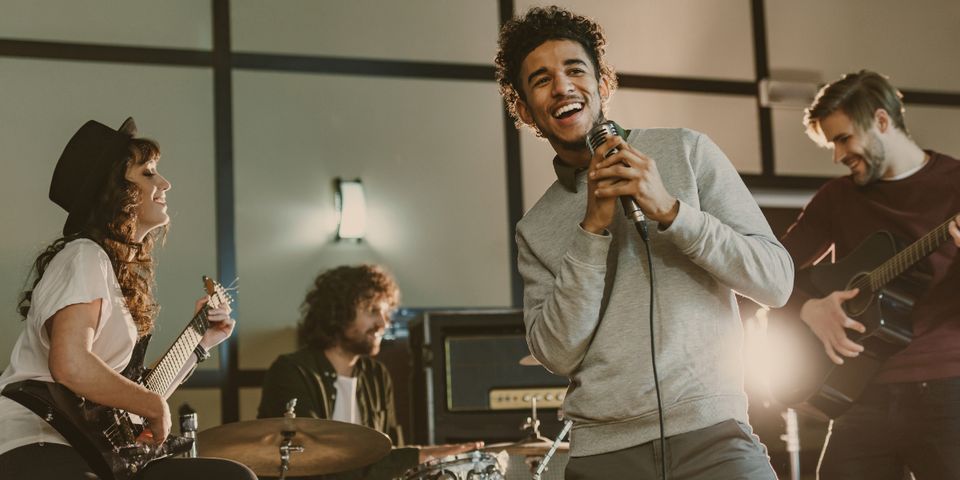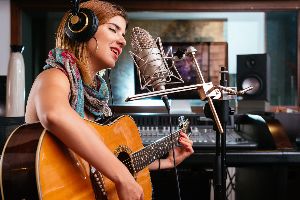
Music lessons can teach you to sing or play an instrument such as the guitar, keyboard, or drums. As you learn a new skill and improve your technique, you might want to start making original music. The following guide explains more about music production and the steps involved in the process.
A Behind-the-Scenes Guide to Making Music
1. Composing and Arranging
Composing refers to the initial musical ideas for songs. It involves developing melodies, harmonies, and rhythms and deciding on a genre, mood, and style. It can also include writing lyrics for verses, choruses, and bridges. This part of song creation allows you to experiment freely without worrying about technical aspects.
Once you have these core elements, you can arrange them to build on these ideas and create fully-fledged compositions. This process can include adding musical instruments or further developing verses and choruses. Arranging ensures everything flows smoothly and makes your music more likely to capture a listener's attention.
2. Recording

After writing and arranging music, recording it will provide you with a production to share with others. You can create the song at home using personal software or go to a professional studio with engineers who know how to use the equipment.
While recording, perform several renditions of the same songs and individually capture parts played on different instruments, allowing you to choose the best takes during the music production phase.
3. Producing, Mixing, and Mastering
Producing music involves making sure all recordings sound good before layering them together. You might include transitions and fills to embellish the songs and make them more engaging. Many artists also incorporate effects during this process, such as changing the pitch of certain sounds or adding reverb to make the audio sound fuller. Additionally, you can delete any unneeded tracks and correct problems with timing or volume.
When you finish producing, you can move into the mixing stage, which involves layering tracks over one another to create a single tune or composition. Finally, you can have your music mastered. This is the process of balancing the audio, making elements sound cohesive, and optimizing songs for playback on various speaker systems.
4. Copyrighting
Once you finish writing, recording, and producing the songs, getting copyrights will prevent anyone from reproducing your work and profiting from it. You can obtain them by registering a claim through the United States Copyright Office.
Alternatively, you can allow a third-party company to complete the necessary forms and submit copies of your music. Receiving help can save you time and effort while ensuring everything gets done correctly.
If you want to make your own music, contact Hawaii MusicWorks in Pearl City, HI. They provide music lessons in singing, guitar, keyboard, and drums and will soon offer music production classes for students throughout West Oahu. Call (808) 486-8600 to sign up for a program, and visit the website to learn more about upcoming courses.
About the Business
Have a question? Ask the experts!
Send your question

